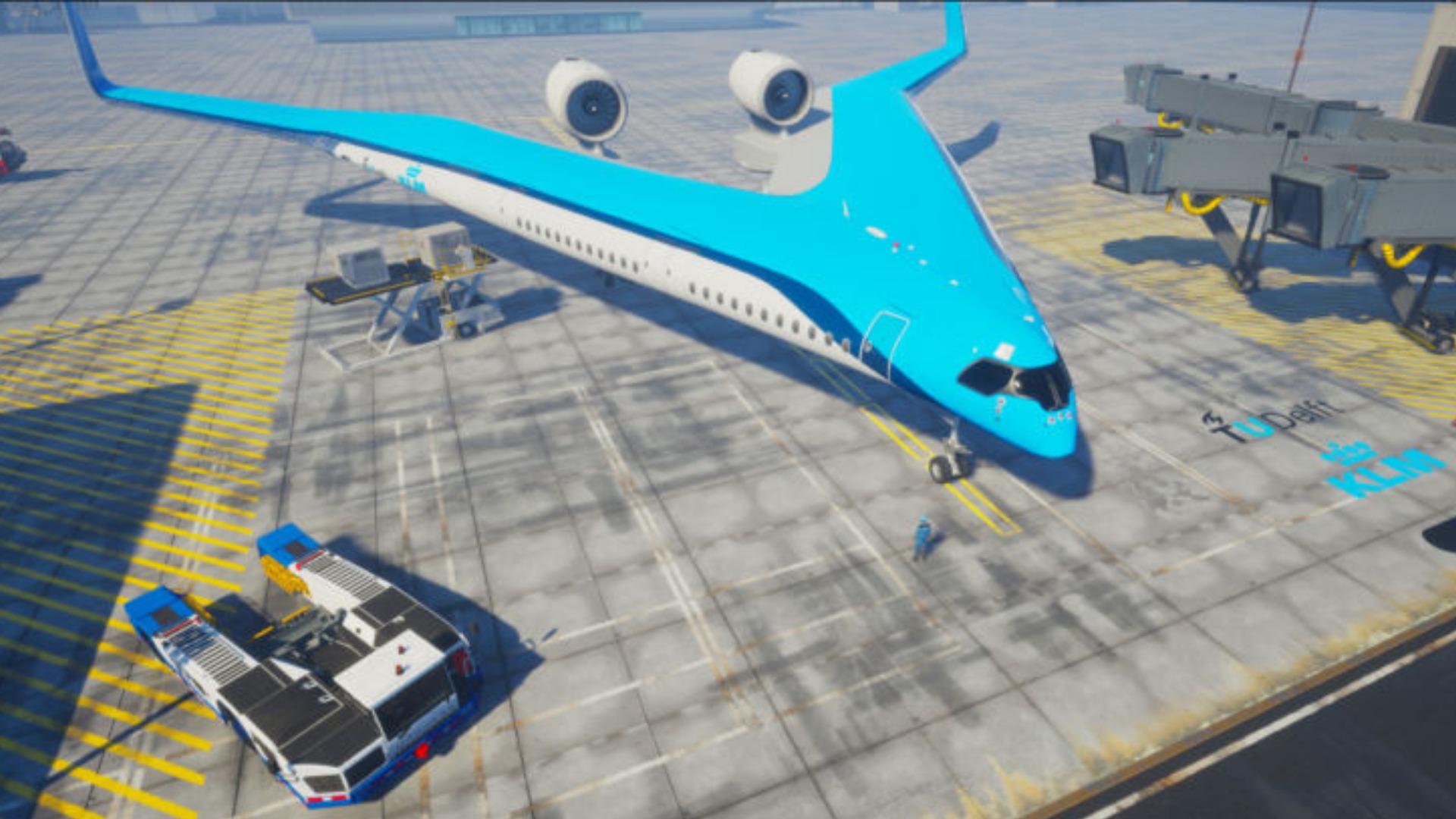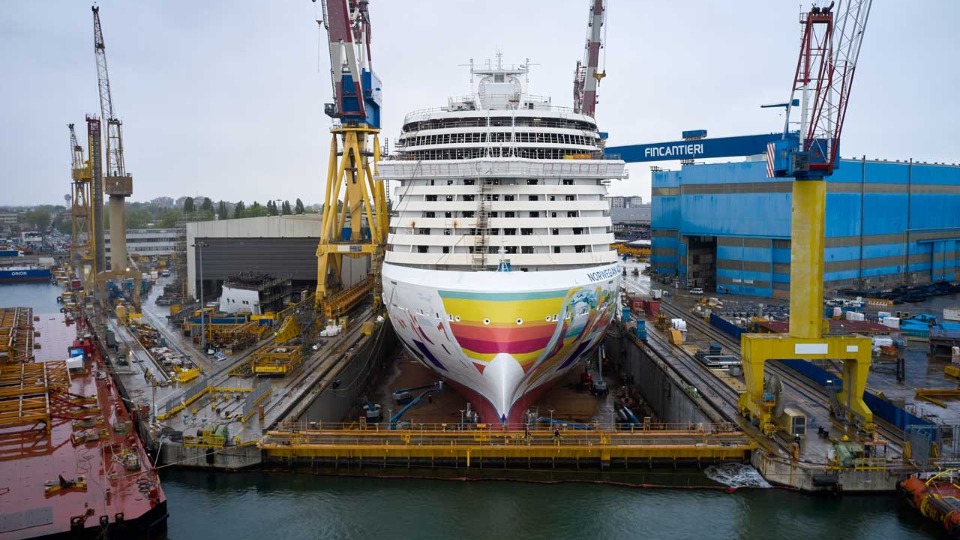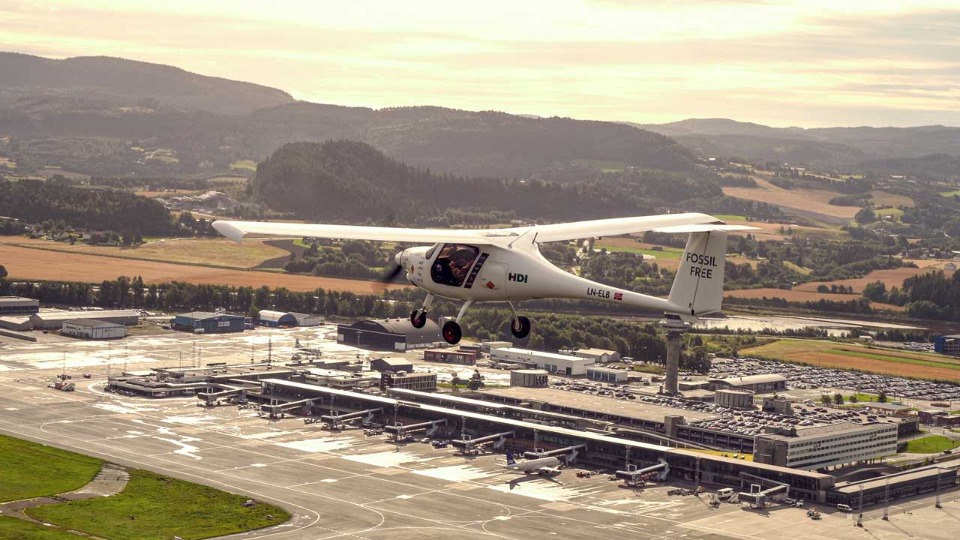
Is the flying V plane the future of sustainable flying?

2019 was a tough year for aviation, with the grounding of the Boeing 737 MAX having had two major fatal crashes, the crashing of airline computer systems across the U.S., the announcement of the end of the superjumbo Airbus A380 - the world needed to hear some good news concerning the future of commercial flights.
And apparently we received the good news in the form of a revolutionary future airliner.
In early June, CNN swooned over the story of an innovative airplane design called the Flying-V, funded by the Amsterdam-based KLM.
What exactly is this futuristic V shaped plane?
This is an airliner with a titillating new shape, summed up by its eponymous letter. According to early reports, the Flying-V will match the capacity of current wide-body jetliners such as the Airbus A350 and Boeing 787, but there’s a twist. Two aisles run down two separate fuselages, which comprise the wings themselves. (That means half the window seats will stare out at doppelganger window seats across a modicum of thin air.)
The idea of a V-shaped plane is not exactly new, but KLM has indicated fresh interest in making this geometry the vanguard in commercial flight. Notably, the Flying-V promises greater fuel efficiency by harnessing “synergy” between the wings and the body of the plane.
All of the news coverage coming from sites like Boing Boing and Travel + Leisure to Maxim latched onto this story, as if the plane was already ready to take its passengers from point A to point B.
But there’s a curious thing about the Flying-V. All this buzz around a futuristic aircraft really has everything to do with the Anthropocene - our current turning point in geological history, an inflection defined by destructive human impact.
The stories of the Flying-V were consistently framed around a desire for the sustainability of commercial flight. Every article highlighted how the new aircraft promises up to 20 percent greater fuel efficiency, and multiple pieces noted current too-high global carbon dioxide emissions by way of celebrating the new design. The subtext of all this reporting is that air travel as we know it wreaks havoc on the environment. This is evident from the interruption of bird migration routes and runway spill-offs to carbon emissions in the atmosphere and voracious fossil fuel consumption. Front-page news items about the Flying-V all but admit that air travel is exorbitantly wasteful, and reaching a crisis point. And yet, in these stories commercial flight is taken as a given, something to continue unabated.
Media coverage of the Flying-V turns out to be fixated on an alternative present, even as it alleges to be about a sustainable future form of flight, in “20 to 30 years.”
Future of sustainable flying
So, all of this hype was actually aimed to sum up the general idea that we don’t like the way commercial flying affects the environment. But to jump several decades into the future as if it will basically look the same is truly a sign of deep negativity. It shows bad faith that we could actually make some progress.
As such, the story of this imaginary airplane is also about our inability to conceptualize the Anthropocene as a real problem that we might engage in the nearer future, through more pragmatic steps and in less flamboyant fashion. It’s not just about a technological quick fix or slight adjustment to an existing situation. Rather, the Anthropocene requires humans on a large scale to respond radically, through an entire realignment of how our species understands itself and interacts with the planet and its myriad other inhabitants.
Media coverage of the Flying-V turns out to be fixated on an alternative present.
Given the realities of commercial aircraft these days - the stubborn rivalry of the twin workhorses the Airbus A320 and the Boeing 737; the trembling of the still-grounded 737 MAX (not coincidentally also sold on a promise of greater fuel efficiency); the end of jumbo jets—we have reason to be seriously skeptical of any venture that would significantly change the shape of commercial aircraft. Commercial air travel as we know it is too entrenched and settling down ever deeper into a sheer monotype: twin-engine airliners, small-to-medium size, geared to worldwide productivity. Costs and retraining time are prohibitive factors to any serious reimagining of flight.
Source: slate.com








